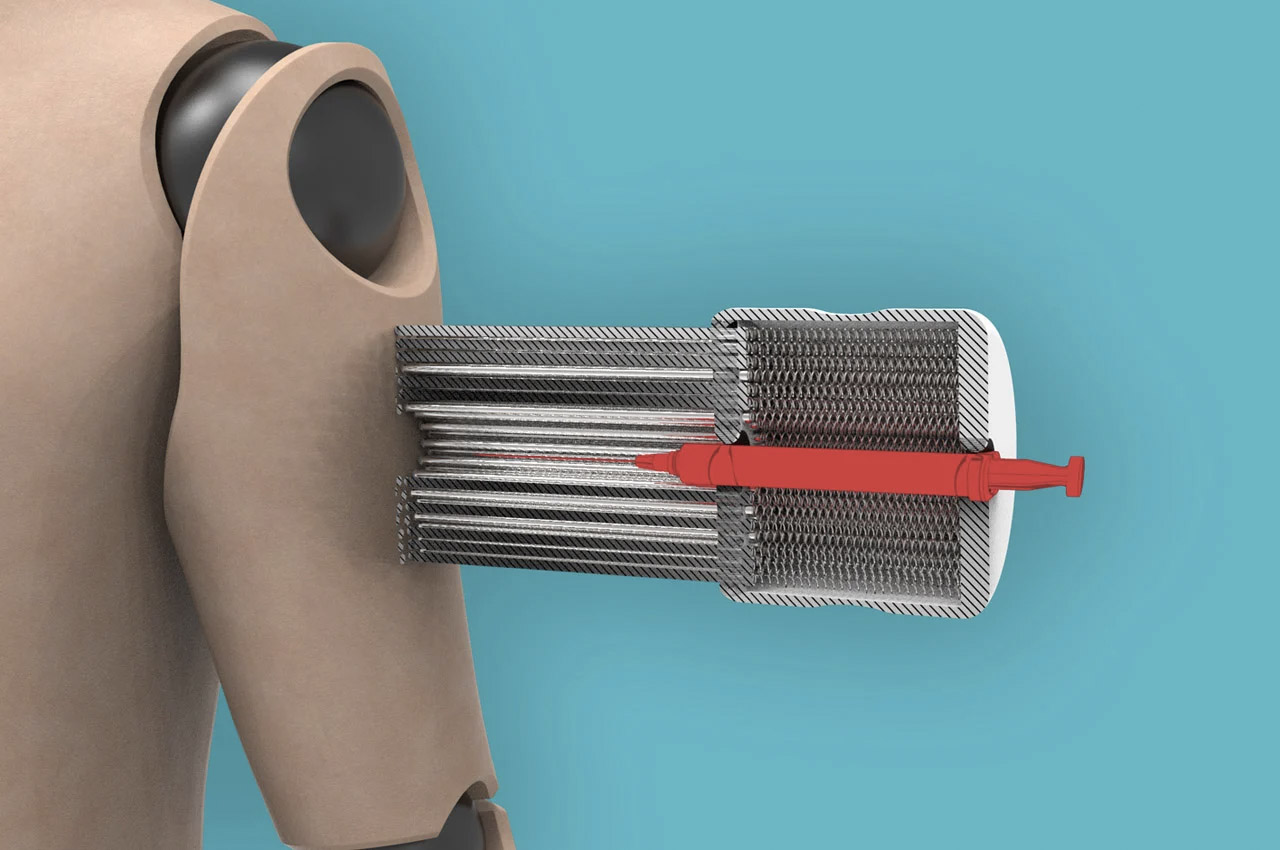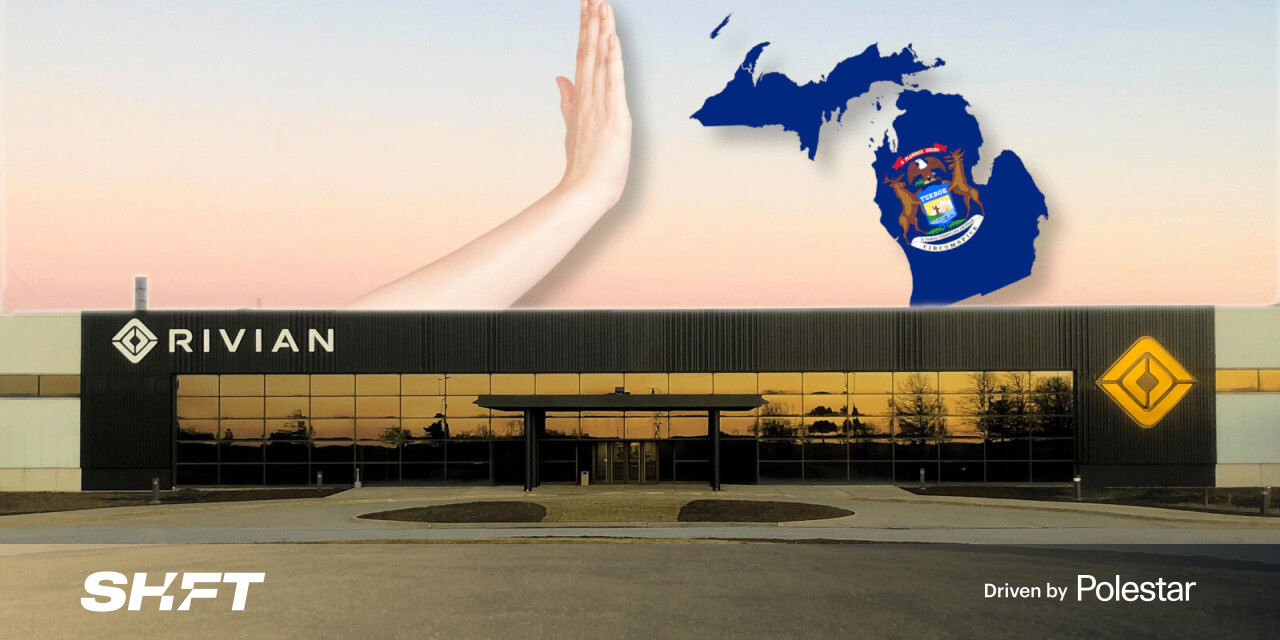#Mirrorless vs. DSLR Cameras: What’s the Difference?

Table of Contents
“#Mirrorless vs. DSLR Cameras: What’s the Difference?”

Whether you’ve been a photographer for years or you’re just now getting into it, you can’t avoid the conversation around mirrorless cameras. Is mirrorless the future? Is a mirrorless camera better than a regular digital single-lens reflex (DSLR) camera?
The answer will vary depending on who you ask. Our purpose here isn’t to convince you one way or the other, just to explain the differences. We’ll look at how mirrorless cameras work, examine how they’re different from conventional DSLRs, and examine the pros and cons of both.
What Makes a Mirrorless SLR Different From a DSLR?
The most obvious way mirrorless cameras differ from DSLR cameras is the lack of a mirror, but there are several other contrasts between these two camera systems worth considering.
No Mirrorbox/Pentaprism
DSLRs reflect the light coming in through the camera’s lens to your eye using a mirror positioned over the camera’s digital sensor. When you look through the optical viewfinder on a DSLR, what you’re seeing is the image coming in through your lens reflected by that mirror up into the viewfinder’s prism and into your eye. When you press the shutter release, the mirror flips down and exposes the camera’s sensor to light, recording the image you see.
Mirrorless cameras do away with the mirror and use an electronic viewfinder (EVF) instead, meaning the image you see isn’t what’s being reflected through the lens. It’s an electronic preview of what your camera sees. Some people prefer this system because it allows you to see the exposure change in real time as you change your camera settings while you look through the viewfinder. When the shutter is pressed, it simply opens to expose the camera’s sensor to light and record the image.
Smaller Flange Distance
Mirrorless cameras also have a smaller flange distance than DSLRs. The flange distance is the space between the back of the lens you have attached to your camera and the sensor. Since DSLRs have to make room for the mirror box, there’s more space inside the body between the lens and sensor. A smaller flange distance can produce sharper photos, though you can still get tack-sharp images from a regular DSLR.
Smaller Body
Mirrorless cameras don’t have to build in all the mechanical components DSLRs have. There’s no mirror or pentaprism, so mirrorless SLR bodies tend to be smaller and more compact. This also means more electronic components in the body.
While the small size used to mean fewer buttons and controls built into the body of a mirrorless camera than a DSLR, today’s cameras have largely caught up. Both mirrorless and DSLR camera systems have largely the same controls and button options built in.
Since mirrorless cameras are smaller, they’re also usually lighter than their DSLR counterparts. That can be important if weight is an issue for you when looking for a camera.
Shorter Battery Life
Because mirrorless cameras are basically always transmitting an image to the optical viewfinder, they use more battery power than a standard DSLR. For that reason, they typically have shorter battery life than DSLRs; using a mirrorless camera is sort of like having your DSLR in video recording mode or live view whenever it’s turned on.
That was especially true in the early days of mirrorless in 2015/2016. Today, however, mirrorless is again catching up to its more mechanical counterpart. Where before they ran out of juice after about an hour, newer mirrorless cameras can get you around 1,000 images and record video on a single charge.
Autofocus
Since mirrorless cameras are always displaying the visual information they receive electronically, they can use the same autofocus mode whether you’re taking images or video. That’s allowed for technology like eye autofocus, which can lock on and track a subject in either mode. The latest mirrorless cameras tend to have very fast, very accurate autofocusing systems.
DSLRs are still very good when it comes to autofocus, however. Especially when taking stills, some late-model DSLRs have incredibly advanced autofocus that covers the majority of the frame. They do have to use different autofocusing modes when recording video versus shooting stills, which can be a weakness. When shooting video, DSLR autofocus isn’t as advanced, but it definitely gets the job done.
The Pros and Cons of DSLR and Mirrorless Cameras
Both DSLR and mirrorless camera systems have their advantages and disadvantages. Advances in technology make it hard to find a bad camera in either camp, but there are some things you’ll want to be aware of.
DSLRs: The Good
DSLRs are built to show you exactly what your lens sees. You aren’t looking at an electronic screen, you’re looking through a piece of glass. Because of that, DSLRs’ viewfinders can be brighter and easier to see in more varied lighting conditions than a mirrorless SLR’s EVF.
DSLR cameras have years of engineering and innovation behind them, so the bodies we’re seeing today are pretty much the peak of their design. Mirrorless tech is still pretty new, and some would argue it’s still working out the kinks.
The entry fee is also considerably different. Because they’ve been around longer, there’s a much larger used market for DSLR bodies, making it easier to obtain one than a used mirrorless camera. The same can be said for lenses: major camera makers have an immense variety of branded and third-party lenses that you can use with a DSLR to get immaculate results.
DSLRs: The Bad
DSLRs are more mechanically complex than mirrorless cameras, especially the older models. More parts mean larger size and more weight than mirrorless.
Since they are so advanced these days, DSLRs have come about as far as it’s possible to go technologically. While that’s a good thing, it also means we may not see much in the way of design innovation in the future.
DSLRs have to use a different focusing system for shooting video than for stills, making it a little more complex to record with than mirrorless cameras. While they can still record impressive footage, including 4K video, technological advances give mirrorless systems an advantage.
Mirrorless: The Good
Mirrorless cameras are smaller and lighter than DSLRs, while still packing the same amount of power. Especially with today’s mirrorless range, you get the same controls and the same rugged construction as a DSLR in a smaller body with most major brands. Because of that, they’re easier to travel with and lug around all day on a shoot.
Because they don’t have a mirror mechanism, mirrorless SLRs can shoot completely silent. That can be an incredibly useful function for shooting weddings, photojournalism, street photography, or anything else where the sound of a shutter might be distracting.
Unlike an optical viewfinder, an EVF lets you see exposure and white balance changes in real time before you shoot. That’s very helpful for getting things right in camera and minimizing your work in post.
Generally speaking, the advanced autofocus and image quality available on mirrorless cameras make them great for video. Most models today can capture 4K video, and some can do all the way to 8K. For a detailed visual breakdown on DSLR vs. mirrorless cameras, particularly what makes the autofocus so good, check out this explainer from photography YouTube channel OrmsTV.
Mirrorless: The Bad
Some of a mirrorless system’s advantages can also be downsides. EVFs, for example, tend to be hard to see in bright sunlight, as do the LCD screens on the backs of mirrorless cameras.
Also, some lower-end mirrorless models can get a type of image distortion called “jelloing” when shooting in silent mode. Elements of the image in motion can appear warped or bent, similar to a rolling shutter effect when shooting video. Higher-end mirrorless cameras will correct for it, but it’s still something to be aware of.
Since mirrorless cameras haven’t been around as long as DSLRs, there’s a smaller used market for gear. That’s changing as newer models come out, and third-party manufacturers create great lenses for these systems, but it can still set the price of entry higher than a DSLR.
Choose What Makes Sense For You
Mirrorless systems have advanced quite a bit since their inception and will continue to improve. For the most part, they’re on the same level as professional DSLRs and surpass them in some areas.
That said, DSLRs will probably stick around for quite a while. There’s a large established gear ecosystem, they’re more affordable than mirrorless, and they produce great results.
When trying to decide to go with mirrorless or DSLR for your next camera, it comes down to which is the best tool for the job. Try both, if you can. Do your research and see how the models you’re considering stack up in the areas that are important to you, whether that’s image resolution, battery life, autofocus, or colors. These days, it’s pretty hard to find a bad camera.
RELATED: The 6 Best Mirrorless Cameras for Beginner Photographers
If you liked the article, do not forget to share it with your friends. Follow us on Google News too, click on the star and choose us from your favorites.
For forums sites go to Forum.BuradaBiliyorum.Com
If you want to read more like this article, you can visit our Technology category.




